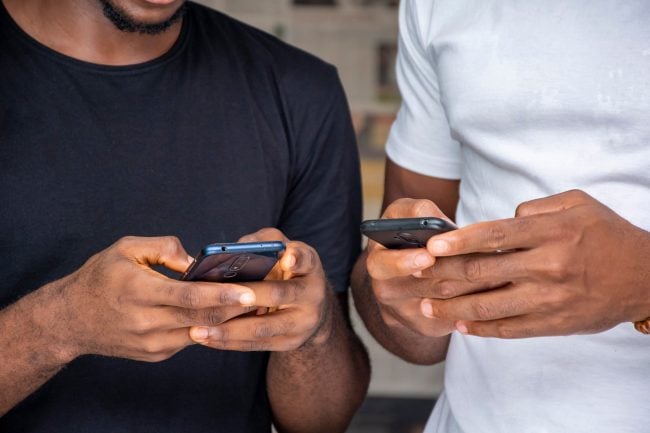Mobile deposits for credit unions and banks grew by a 35% average; 63% of digital activity involved checking balances and transaction history; and PSP payments increased by 30%.
Those are among the findings for 2017 from Austin, Texas-based Malauzai Software, a provider of Mobile and Internet solutions for community financial institutions, in its January 2018 Monkey Insights. The research highlights key trends in internet and mobile banking usage based on December 2017 data for 400+ credit unions and banks covering 17 million logins from 885,000 active internet and mobile banking users.
Robb Gaynor, Malauzai's chief product officer, reviewed the company's monthly data to determine the trends that financial institutions would find beneficial and interesting. "In looking at 2017 as a whole, a few notables stood out. First, checks are not going away anytime soon. Second, moving money to yourself is a hot trend. And third, the iPhone continues to gain traction with mobile banking market share. It will be interesting to see what new trends emerge for 2018 in overall digital banking usage. Stay tuned."
Recommended For You
Key findings include:
- Mobile deposit growth. For banks and credit unions live for all of 2017, mobile deposits grew by an average of 35%. Key metrics such as average value ($525) and number of deposits per month (2.6) stayed constant so growth was in number of users. More people are using mobile banking to deposit checks. And where the financial institution offers desktop (internet banking) deposit, they increased engagement as 2.5% of the deposits come in via the desktop. "This makes check deposit the killer app in mobile banking once again. Yes, it appears checks are not going away," Gaynor said.
- Account-to-account grew 60%. A2A transfers, where people move money to themselves or between two financial institutions, grew by 60% in 2017 with an average value of $1150 per transfer. Eighty percent of the transfers are outbound from the deposit bank, meaning people are transferring money out of their primary financial institution, a potential indication of a pattern of savings.
- iPhone Growth Outpaces Android. The number of active iPhone users increased by 35% in 2017 versus a 25% increase on the Android platform. This means the balance continues to favor iPhone where 65% of the total active digital banking base uses iPhones. Android slipped in 2017 going from 40% of active digital users in 2016 to 35% in 2017. Even with the lack of innovation on the iOS platform, iPhone is gaining market share when it comes to mobile banking.
- Sixty-three percent of active digital users check balances and transactions. Thirty-seven percent of the time, active users go on to do other tasks in this order: transfer money, see check and deposit images, and make a deposit. Balances are the main reason people access digital banking and this has not changed in years. "But the percentage is shifting so we see a greater amount of end-users accessing more features in digital banking. This can be expected as the pace of innovation continues and new features become available," Gaynor noted
- Person-to-person payments increased by 30%. "The big news around P2P is growth continues, but not as robust as last year," Gaynor said. "When measuring total active users of the feature, we see an average growth of 30%." He added, however, many more financial institutions have launched P2P, now more than 11 percent of banks and credit unions have P2P available. That is an 80% increase in 2017 in terms of the total number of financial institutions offering P2P.
© 2025 ALM Global, LLC, All Rights Reserved. Request academic re-use from www.copyright.com. All other uses, submit a request to [email protected]. For more information visit Asset & Logo Licensing.






